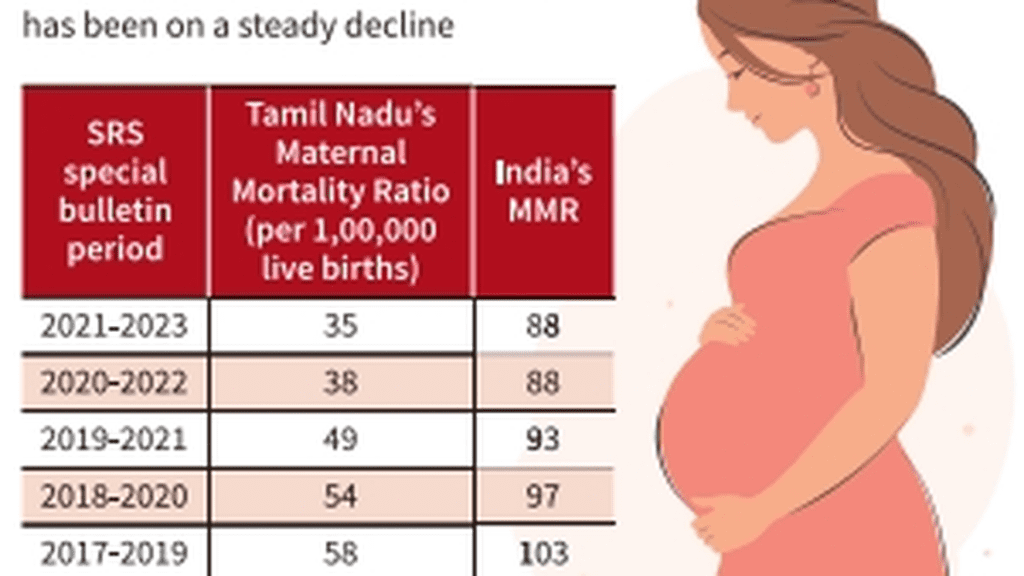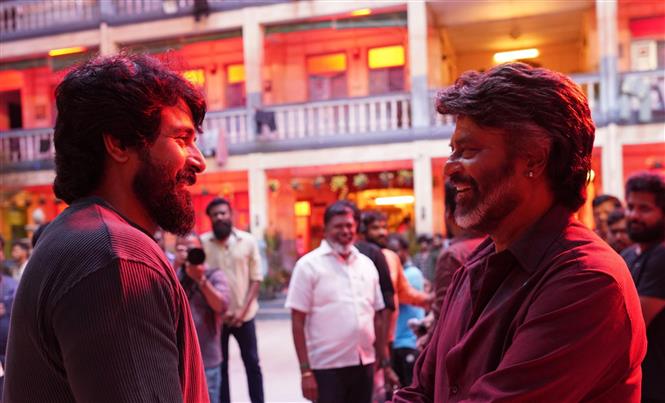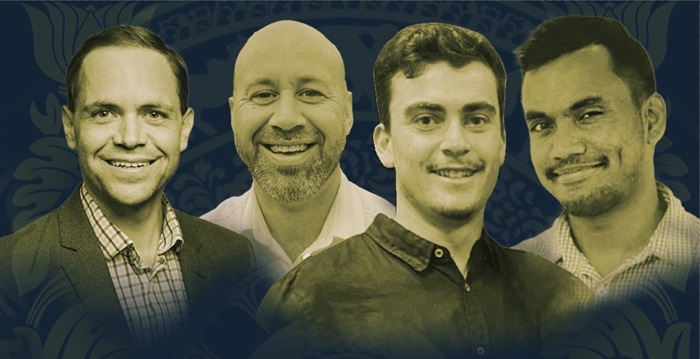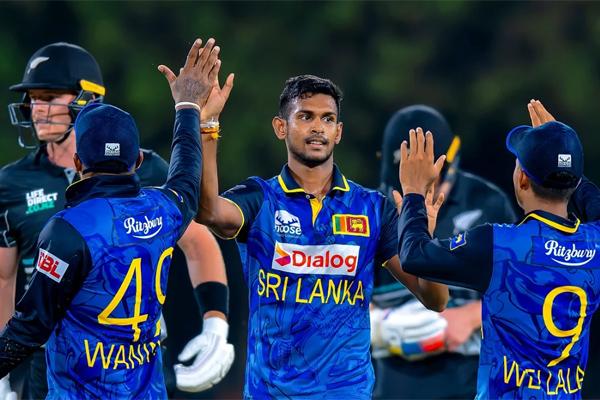Mo Farah: As an athlete, you have to be honest with yourself
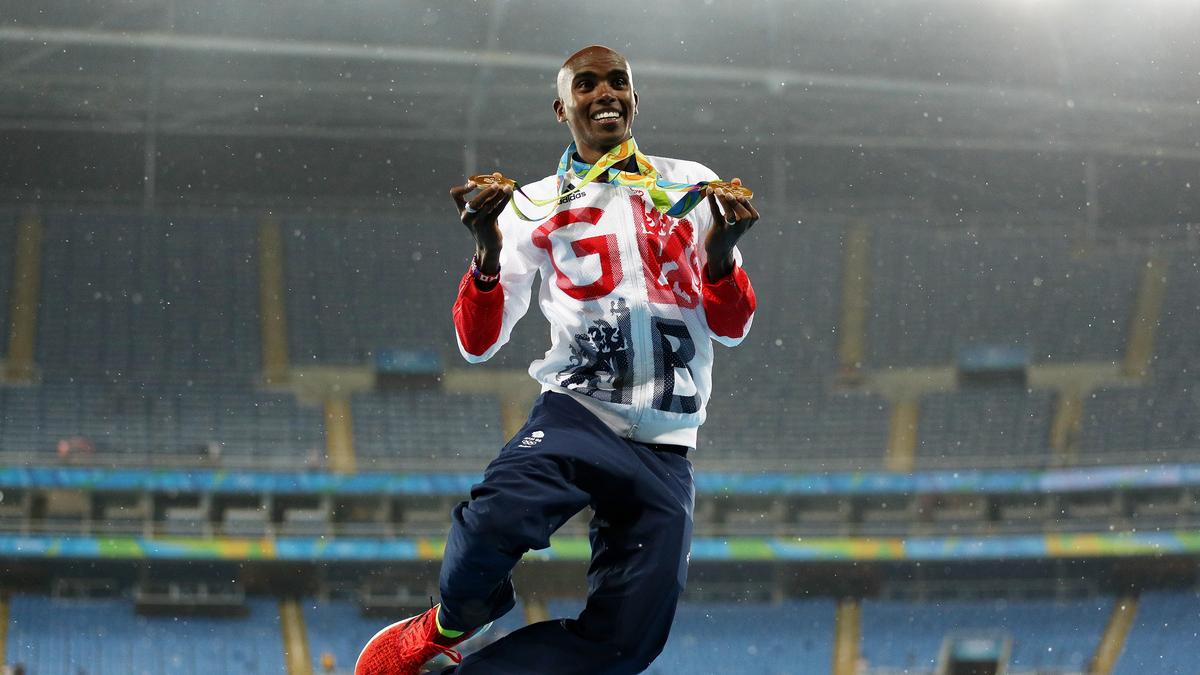
Mo Farah: As an athlete, you have to be honest with yourself
A young and lonely Mo Farah found a friend in athletics when he arrived in the United Kingdom at the age of nine, after being trafficked from Djibouti in East Africa.
It wasn’t an easy journey, but with sheer dedication, he went on to achieve what few could even imagine — four Olympic gold medals, six World Championships, and multiple European Championship titles. He also achieved the rare feat of consecutive Olympic long-distance doubles — in London 2012 and Rio 2016.
Even after transitioning to marathons in 2017, the legendary athlete made his presence felt. He believes it’s important for athletes to let go of failures, take things in their stride, and start afresh every time.
In conversation with Sportstar on the sidelines of the Mumbai Marathon, the global icon spoke at length on a range of topics, starting from his early days to how India can develop world-class athletes.
It’s really exciting to be here in India, especially in Mumbai as an ambassador for the Tata Mumbai Marathon. This is my first time in the city. I have a lot of friends who always talk about Mumbai.
But it’s my first time actually seeing it in person — the people, the culture. It’s unbelievable. I get a warm feeling from being here.
Yes, you have so many athletes who are coming along and improving. You’ve got the world champion in javelin (Neeraj Chopra). There are a few guys in the 800m and 1500m.
The Indian record in the marathon is 2:12:00 (by Shivnath Singh), so there are athletes who are closing that gap. I believe India has great potential for its youth and programmes in place. I learned from the best, training with the Kenyans and Ethiopians. I’ve come across so many athletes who are willing to go that extra mile, which is a great attitude to have.
It’s really important for athletes to have a role model — someone they look up to who’s been competing with the best, who’s a world champion, an Olympic champion. He’s a great role model for youth and younger athletes.
When you’re young and questioning yourself about how to do it, you see them doing it every time and becoming the best in the world. That should answer all the questions and doubts you have. If they can do it, so can we.
When we talk about 1500m, 5000m, and 10,000m, that’s track and field. Then you’ve got the marathon, which is 42 kilometres (26.2 miles). Athletes tend to move to marathons as they approach the end of their track career, when they no longer have the same speed.
When I moved to marathons after the World Championships in 2017, was that the right time? Was it a good age to do it? Among other athletes, we see the Kenyans and Ethiopians transitioning earlier in their careers.
In the end, it all comes down to the athlete. If they feel they’ve achieved everything on the track and don’t have much more speed, then there’s nothing wrong with starting something new.
I think it depends on the age — not too early, I’d say. Probably after your 20s. Even in your 30s, you can go on. But with everything you do, you’ve got to understand it and be willing to work hard.
As an athlete, you have to be honest with yourself. Back then, I had done and achieved everything I could on the track. It was important to recognise that.
If you are not motivated, it’s important for you to find something that you’re still passionate and hungry for. By the time I participated in the World Championships in London in 2017, I had already made up my mind that it was going to be my last track and field race. After that, I would move on to marathons and see if I could be as successful as I was on the track.
Now that I’ve retired, I can openly talk about it. I thought I could have done more. But again, that’s all I was capable of. When I made the transition, I was hungry and willing to work hard and start a new challenge. For an athlete, it’s important to maintain that hunger and desire.
As an athlete or even someone in a decent job, when you fail at something — whether it’s a race, a job interview or becoming the CEO of a company — you would automatically think that you failed and are not good enough. But those are only doubts that you have in yourself.
As an athlete, you win or lose, and that’s part of the sport. Before I won the Olympics in London in 2012, I competed in Beijing in 2008 and didn’t even make the final. I was devastated and felt like I had let so many people down. But I had to wait another four years to prove I was still good enough and capable of winning medals.
So, when you lose a race, it’s important for you to understand the race, how you lost, what you could have done differently, whether you under-trained or over-trained. Perhaps could you have run at a bit more speed or tactically, did you get the race wrong? It’s all learning. As an athlete, you never stop learning.
For athletes, it’s always been hard on mental health. Athletes are the No.1 faces of mental health challenges. In terms of mental health, now we can openly talk about it because we have the platform, and a lot of people are coming forward to talk about it as we recognise this is a problem.
But an athlete was traditionally seen as the hardest guy. You could never talk about it (mental health). Even when you doubted yourself, you had to show bravery in front of the camera, and that was part of the image.
But now, there’s a space where we can talk about it. And for me, it’s important for us to understand that they are all just human. We all face these challenges, and we can overcome them. When you are an athlete and things haven’t gone well, it’s important to understand and see what you could do to fix it.
You need to recognise that maybe the other guy has a bit more talent, or perhaps they’ve put in a bit more hard work, and that’s why you could not make it against them. Sometimes, I’ve gone into races feeling like I should have won, but I didn’t because the better man won on the day. That is the reality. For a champion athlete, it also takes a great deal of preparation.
An athlete makes a lot of sacrifices to achieve something and that means staying away from family, following a strict diet, living a regimented life, and, despite all that, managing pressure. How does one handle it?
That’s part of being an athlete. If you want to be the best, you’ve got to question yourself, “How can I be the best? What can I do? What are my opponents doing?” For me, I had no choice. If I wanted to be the best, this is what it took.
I have been away from my family for six months, busy in a training camp, and just grafting. There were times when I couldn’t be at my kids’ birthdays, and it was hard. But I knew it was worth it because this is an opportunity, and I was determined to make the most of it.
In my athletics career, probably the toughest moment was not making the final at the Beijing Olympics. But then, the joy of winning in front of your home crowd (in London, 2012), with 75,000 people cheering for you, was incredible. No amount of money, nothing, could buy that feeling. It was this feeling that drove me every time I doubted myself.
All the races helped me gain experience and deal with challenges. As a junior athlete, I was good enough. I went to the World Juniors and finished 10th, but for me, the biggest challenge was trying to break into the senior level. That was challenging because when you are a junior, you have the talent, and you can get away with it. But when you become a senior, you almost have to have the talent and be willing to understand and train even harder.
At that point, a lot of it was really trying to learn from my opposition, learn from the best guys. I had the chance to live with Kenyan athletes, and I learned a lot from them, in terms of how they would just eat, sleep, and train.
And I realised that if I wanted to be as good as them, this is what I needed to do.
We need to make it exciting. We need a lot of great athletes to create and participate in exciting events. Considering the population of India, there are so many people here. I would love to see them roll, get the talent, and organise events for them annually.
We are here to celebrate the Tata Mumbai Marathon, the 20th edition. If we go back 19 years ago, in the streets of Mumbai, you would have thought, “Oh, how are they going to do it?” But now, you look at it and you see the people coming out, the women taking part, and you’re like, “Wow!”
That alone should answer everything, because we need to invest in the youth, and try to create events that happen regularly. That’s the way forward for India too. India already has great athletes and plenty of events happening across the country, which I’m aware of, but we just have to keep supporting the youngsters. We need to inspire them, keep talking to them, and that really helps.
When I look at the Kenyans or someone like Paul Tergat or Haile Gebrselassie, I also feel inspired to be on the same journey as theirs. Even though you see them on TV, just remember, they took the same journey you are taking. They too had similar doubts that you are having, yet they got through it. That should motivate the youngsters.
It was an amazing experience, it’s something that I had to do if I wanted to be the best. I was in the Great Rift Valley in Kenya, in the middle of nowhere, with no electricity, no hot water, and then imagine being in London, where you have everything. You’ve got the streets, there are no electricity cuts, everything is available. But I was willing to accept that challenge in Kenya and adapt. I think as an athlete, sometimes you might not have the best facilities, but you’ve got to be willing to adapt and get on with it.
I’m getting to spend a lot more time with my family, but I’m also doing things I could never do. When you are an athlete, you’re in your lane, you can’t get out of your line, but now, it’s great to travel and spend time here in Mumbai as an ambassador for the Tata Mumbai Marathon. It’s wonderful to share my story and motivate people.
I’m also doing charity work. I’m an ambassador for Save the Children, where I try to do a lot of work in terms of just being able to make a difference for children around the world, because I believe we can all help one another. I’m also an ambassador for Youth Sport Trust.
There are a lot of athletes out there, and I think it’s just about creating opportunities and making the most of them, without overcomplicating things.
I think my story — how I arrived in a new country, was trafficked into the UK, and all the challenges I had to face and overcome — should serve as an example for many, because we can overcome a lot of things if we have the will to stick to something, work hard, and keep going. We’ll face hurdles along the way, whatever we do, but it’s how we overcome them.



